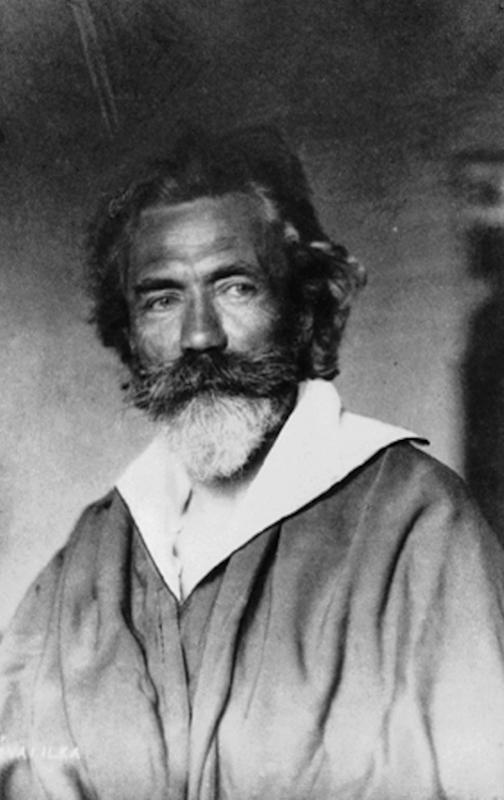Körösfői-Kriesch, Aladár
Name
Körösfői-Kriesch, Aladár
Gender
Male
Birth
October 29, 1863 Buda
Death
June 6, 1920 Budakeszi
Descriptive Note
Aladár Körösfői-Kriesch studied art under Bertalan Székely and Károly Lotz. He traveled extensively and found inspiration in Florence (1887), Milan (1889), Venice (1890), Rome (1891–92), Madrid, Valencia, and Paris (1896). He was influenced by the Italian “primitive” painters and the frescoes of the 12th and 14th centuries, as well as the English Pre-Raphaelite movement. With his brother-in-law, Sándor Nagy, he founded the artists' colony in Gödöllő in 1902. Körösfoi-Kriesch believed that making and using handcrafted folk objects would have a transforming power on society and would help create a new national art based on Hungarian history and traditions. Körösfoi-Kriesch established a weaving workshop in Gödöllő (later the workshop of the School of Applied Arts) where he also taught and preserved the traditions of folk techniques and motifs. In 1897 he painted two large frescoes in the Hunting Hall of Parliament (Buda on the Bison Hunt and Lake Balaton Fishing), which were completed by 1902. In 1900 he presented his tapestry The Good Helmsman at an exhibition of the Society of Applied Arts. In addition to paintings and graphics, he occasionally worked on sculpture compositions and designed interiors of buildings and rooms. Körösfoi-Kriesch was involved in numerous World’s Fairs. He won the Grand Prix with his Hungarian group at the 1906 Milan International Exhibition and designed the Hungarian section of the 1904 Turin World's Fair. He designed mosaics and glass windows, which were executed by Miksa Róth, for the Hungarian pavilion of the Venice Biennale and the Turin 1911 World's Fair. As a muralist, he painted the Mexican Opera House murals and those of the Academy of Music in Budapest (The Source of Art), among many others. He wrote articles on Hungarian applied arts and folk art, and a book devoted to W. Morris, In 1907 he was awarded the State Gold Medal "for the development of various branches of domestic applied arts in a national direction". He was president of the Hungarian Society of Fine Arts.
Aladár Körösfői-Kriesc worked on the interiors of the Pavilion of Hungary in Turin 1911 and completed the mosaic titled "Per aspera ad astra."
Roles
Artists (Visual Artists), Craftspeople
Related Locations
Related Built Environment Objects


